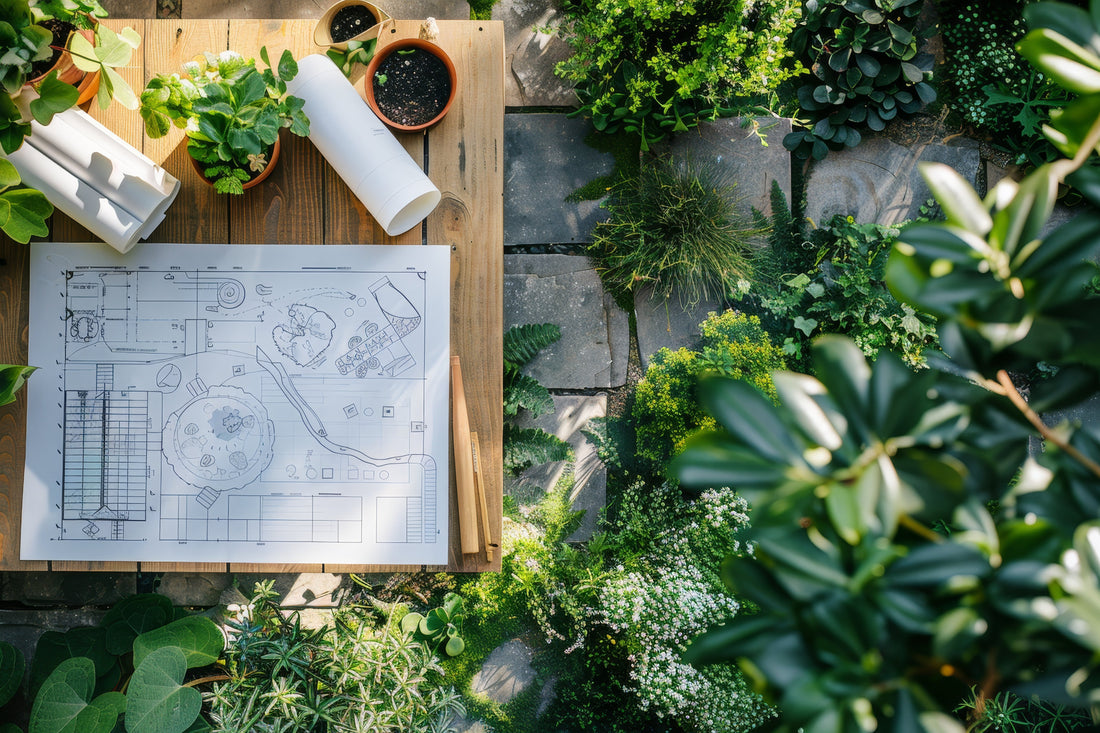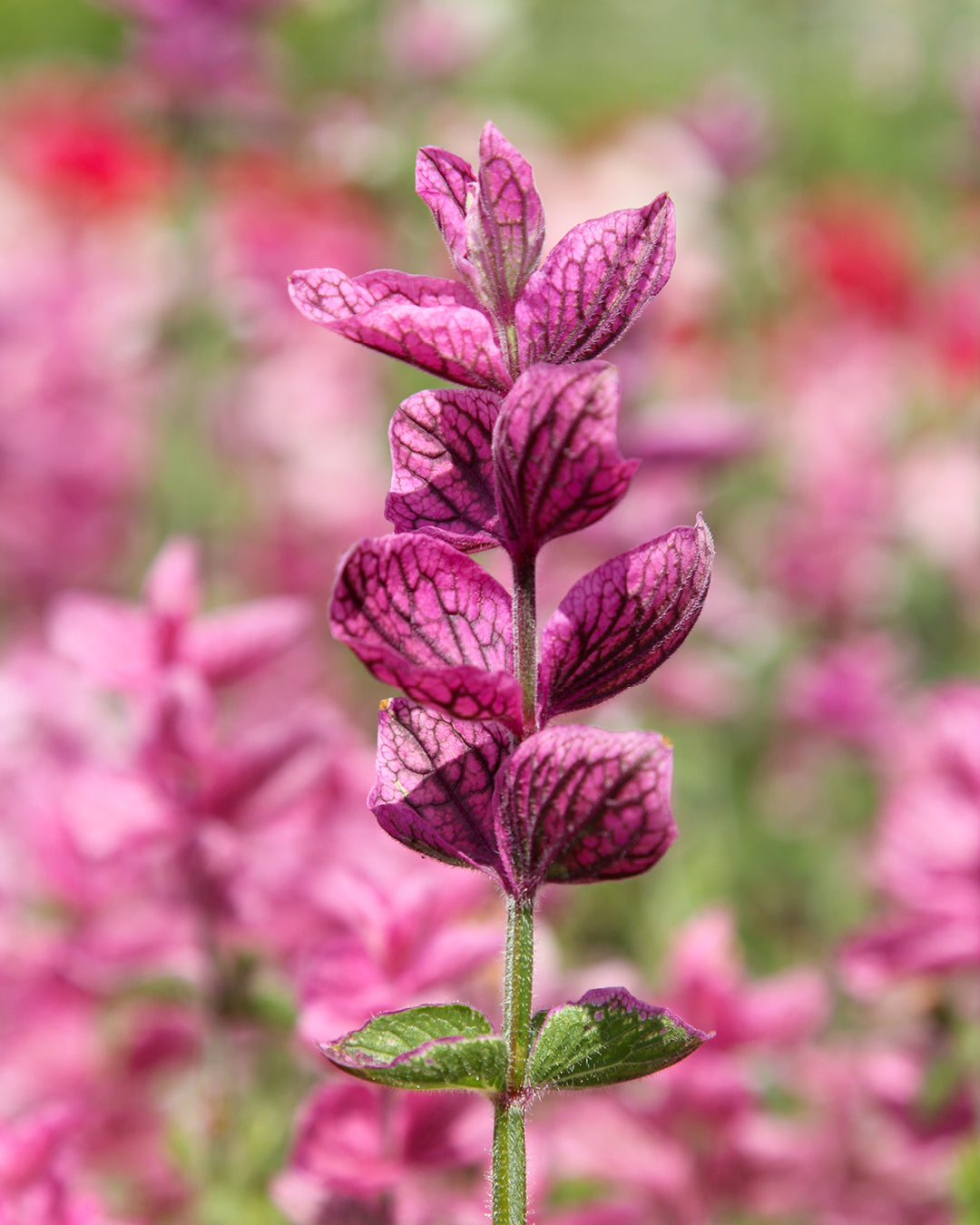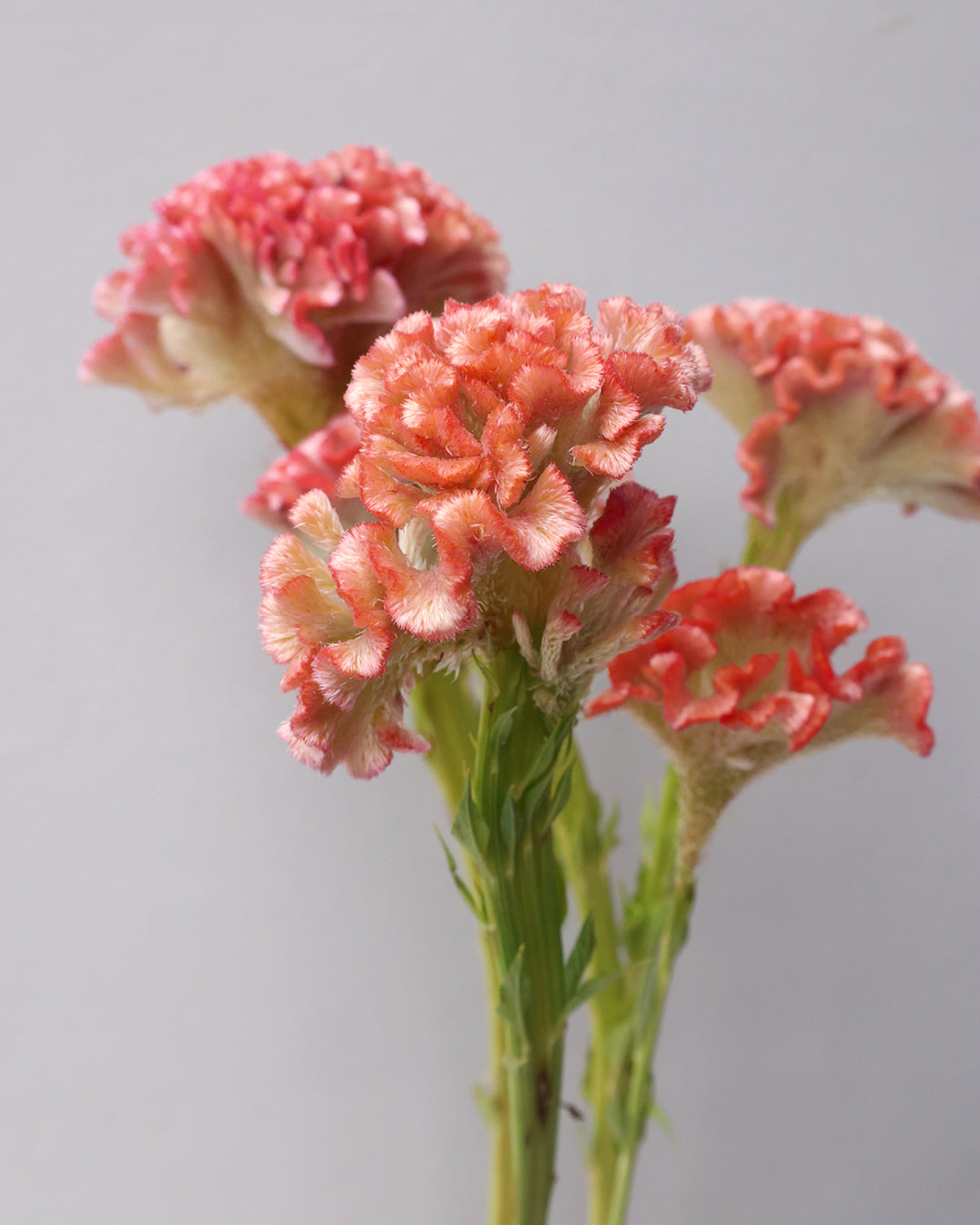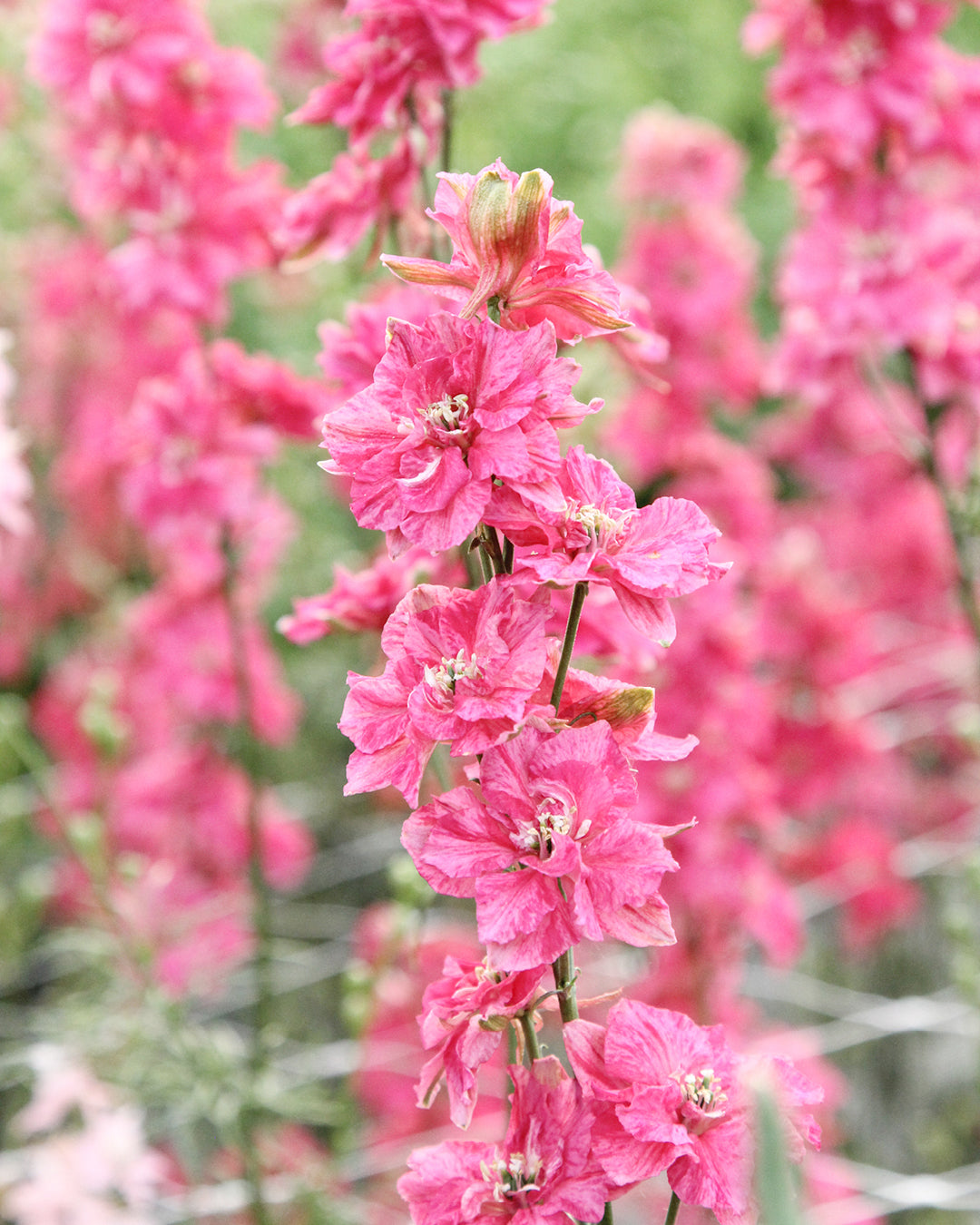1 x 1 of bed design
Who doesn't dream of a successful perennial border? Expressive or harmonious plant arrangements don't happen by chance. A "border"—as the English call their flower beds—is usually the result of careful planning. With a few basic design rules, which are also used by professionals in the gardening industry, the dream of a perfect perennial bed can be realized.

Putting the bed on paper
If you're planning a new bed or want to completely replant an existing one, take the time to create a planting plan. Gardening books and magazines, clippings of bed ideas, and flower portraits are good sources of inspiration and help when planning. To create a planting plan, first draw the rough outlines of the bed on paper and then draw the individual plant groups in circles and ovals of varying sizes. Feel free to vary the planting plan by giving the plant groups different shapes. For example, a combination of more elongated, ribbon-like formations (drifts) that run diagonally gives beds spatial depth and brings dynamism into play. Or you can deliberately integrate several circular groups of three in certain places. If you prefer a more formal approach, work with very clear geometric shapes, such as squares around a central center. Similar perennials are given the same color, which also gives you a feel for a successful color combination. Gertrude Jekyll, the grande dame of garden design, once worked with such so-called "color schemes." Don't be afraid to draw, paper is patient!
Putting the plan into action
A finished planting plan not only gives you a good idea of what the bed could look like, but also makes it easier to implement it in your garden. Regardless of your design ideas, the prerequisite for the subsequent floral splendor is, of course, perfectly prepared soil. This means: get rid of weeds and large stones; what's welcome is fine-crumbly soil with evenly incorporated nutrients in the form of compost and a beautifully smooth surface.
Tip: Use light sand or rope to mark out the circles and drifts that a plant group or a specific variety calls for according to the plan. Once all the areas have been transferred, distribute the young plants and their pots across the areas. This will allow you to see if the spacing is correct and easily adjust it. Calculate the approximate final size of the plants. You'll need about 7-9 plants per square meter, depending on your patience and the size of the pot. Perennials of the same species and variety can be planted closer together; they'll then grow together more quickly into a beautiful group. However, the distance between a single large, ornamental perennial, such as a delphinium or agrimony, can be maintained at 30 cm.
Tip: In the gaps that the perennials will only fill in 2-3 years, you can sow summer flowers or even place a planted pot to bridge the gap.
All good things come in threes
When designing a flower bed, a distinction is made between three different types of plants, each of which plays a different role but is nevertheless important in its interaction with the overall composition.
1. Lead plants
These usually include large, showy perennials. Since they decisively shape the overall appearance, they should be the starting point when planning a flowerbed. Their dominance in color and form ultimately depends on their placement and number. If delphiniums become the focal point in a group of three, with all other plants subservient to them, they fulfill the role of a leading plant par excellence. These should be used selectively so that they do not fail to make an impact. Typical leading plants are other large perennials such as asters, agrimony, purple loosestrife, Veronica speedwell, goat's beard, astilbes, torch lilies, grasses, phlox, and many more.
2. Companion plants – companions for the golden mean
They represent the diverse group of medium-sized to low perennials that form the middle tier of the border. They should be coordinated in color and shape with the leading plants. Such companion plants are planted in larger numbers. These include, for example, tickseed, daisies, daylilies, sedum, sage, coneflower, and yarrow.
3. Filler plants – the always welcome gap fillers
They close the remaining gaps in the bed. Usually they are soil
Covered or low perennials with abundant flowers or decorative foliage. These include many plants such as low-growing gypsophila, catnip, bergenia, lady's mantle, geranium, and fairy primrose, which are planted in large numbers. They are especially important for the front of the flowerbed. Summer flowers also make good filler plants!
Important: Companion and filler plants should be coordinated, both in terms of color and flower shape. The fewer colors, the more the shapes should alternate between candle-shaped, spherical, plate-shaped, or delicate panicle-like.
High-low perfectly staggered
With these three plant groups, you can achieve a balanced height gradient. The tall plants form the backdrop. Medium-height species find their place in front and between them. And the short perennials form the crowning glory in the foreground. If you follow this basic gradient, nothing can go wrong—neither in the plan nor in the bed.
TEXT: Martina Raabe
















